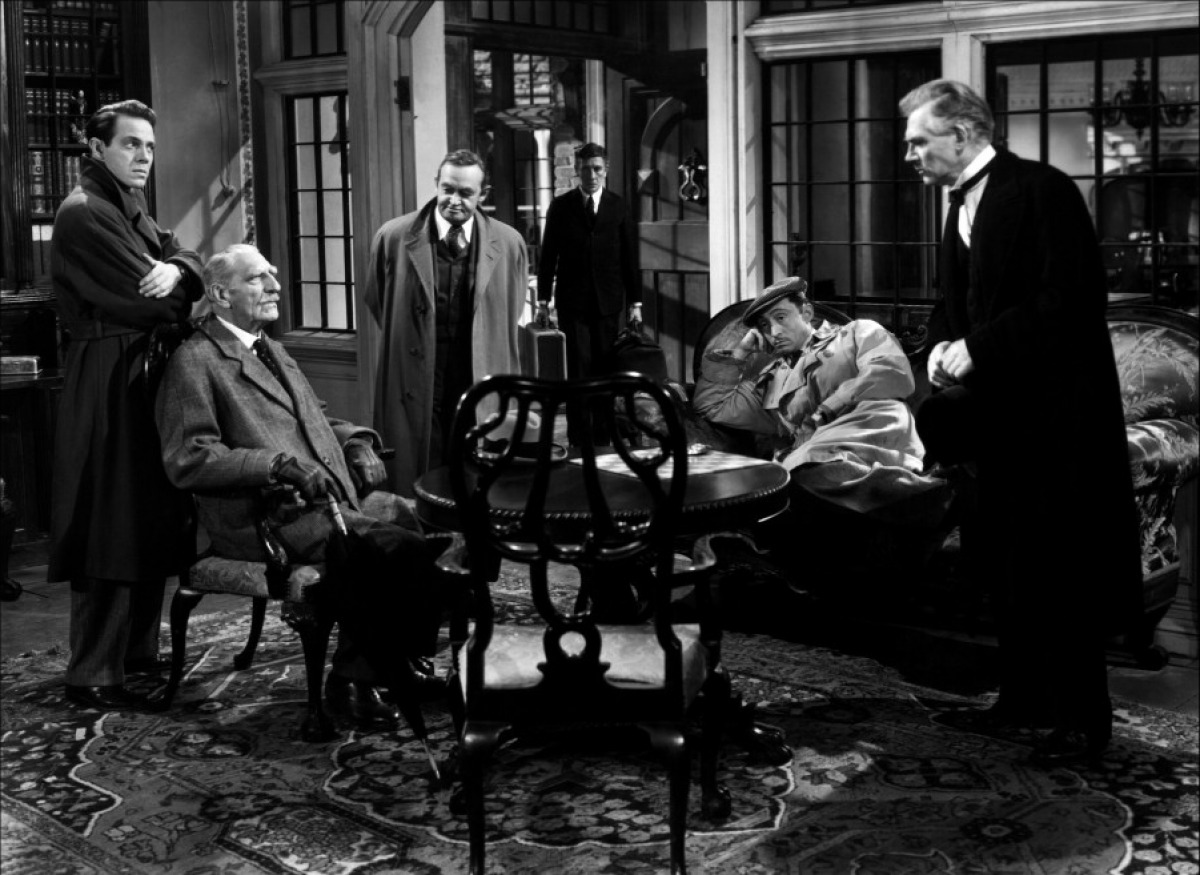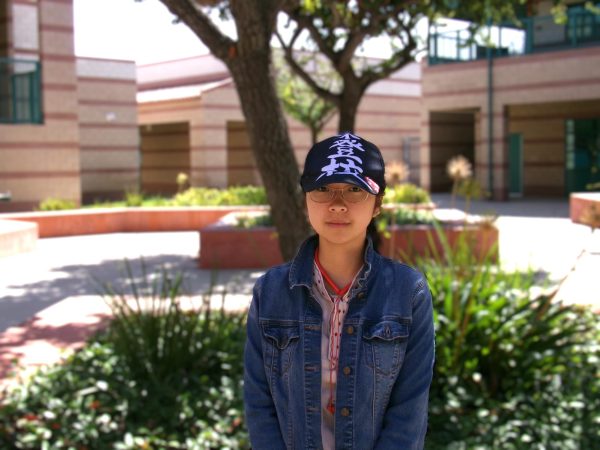Agatha Christie’s “And Then There Were None” is one of the greatest mystery novels ever written. First published in 1939, the book tells the story of ten strangers who are invited to a remote island. One by one, they begin to die, and it’s clear that the killer is among them. This thrilling story keeps readers on the edge of their seats until the very last page.
What makes the novel so interesting is how cleverly it is written. Each character has a dark secret, and their deaths follow the pattern of a nursery rhyme called “Ten Little Soldiers.” The setting—a lonely mansion on a stormy island—adds to the tension and fear. There is no way to escape, and the mystery deepens as the survivors try to figure out who the killer is. The story is full of suspense, surprises, and shocking moments.
Another powerful theme in the book is justice. Each character is guilty of a crime they were never punished for. The mysterious host, Mr. U.N. Owen (a play on “unknown”), invites them to the island to make them face the consequences. As the plot unfolds, the line between right and wrong becomes blurred. Readers are left wondering whether the killer is evil—or simply someone delivering justice in a twisted way.

To understand how modern students feel about this classic, I interviewed two students from Eleanor Roosevelt High School.
Chester Chen said, “I loved how unpredictable the story was. Every time I thought I knew who the murderer was, someone else died! It kept me guessing the whole time.”
Jason Guo added, “It made me think about guilt and responsibility. All the characters had done something wrong, but they had escaped punishment—until they got to the island.”
“And Then There Were None” is more than just a mystery—it’s a chilling look at human nature, guilt, and justice. Agatha Christie’s brilliant writing and unique plot structure have made this novel a timeless favorite. Even today, it continues to captivate readers of all ages and inspire new generations to explore the mystery genre.








